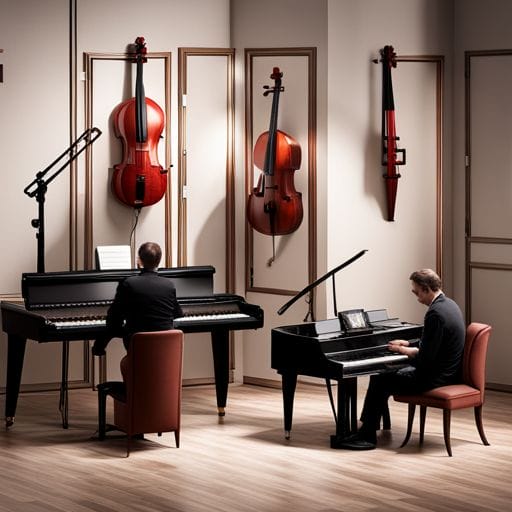Creating Realistic MIDI Strings: Tips and Tricks

What are the key elements in creating realistic MIDI strings?
The world of music production has come a long way with the advent of MIDI technology. MIDI, short for Musical Instrument Digital Interface, is a communication protocol that allows computers, musical instruments, and other hardware to communicate. One common use of MIDI is in creating string arrangements. However, one of the most significant challenges in digital music production is creating realistic MIDI strings. This article offers handy tips and tricks on how to make your MIDI strings sound incredibly lifelike.
Understanding the Basics of MIDI
Before digging into tips on creating realistic MIDI strings, it’s essential to understand the basics. MIDI data contains sets of instructions defining what notes to play, their duration, velocity, and other musical attributes, but not the actual audio data itself. Therefore, by tweaking these instructions, we can manipulate how a MIDI string sounds.
Switch Between String Articulations
Different music pieces require different string articulations. Therefore, it’s a good idea to switch between different MIDI articulations such as staccato, pizzicato, or legato while composing your piece. You can accomplish this by using key-switch patches on your MIDI Keyboard. These patches let you swap between different articulations quickly, adding a rich variety to your composition.
Manipulating Velocity and Timing
The true beauty of using MIDI lies in its ability to add human touch to music. You can achieve this by manipulating the velocity of MIDI notes. Try varying the velocity of your MIDI strings rather than keeping them static. Similarly, consider playing notes slightly before or after the beat to simulate the slight imperfections found in human performance.
Use A Good Sample Library
A good sample library serves as the backbone in achieving realistic MIDI string compositions. These libraries offer high-quality string samples that are recorded from actual performances. Libraries like East-West Quantum Leap, Native Instruments, and Spitfire Audio, provide a wide variety of string samples that can cover all your string composition needs.
Advanced MIDI Effects
Exploit advanced MIDI effects like modulation and expression to add depth and dynamics to your compositions. Modulations can add vibrato to your strings, whereas expressions determine the loudness or softness of music.
Layering
Layering is an age-old technique used in music production to create a thicker sound. In the case of MIDI strings, you can layer multiple string parts with tiny variations in tuning and timing. This can create a more complex and rich sound, adding to the overall authenticity.
In conclusion, creating convincing MIDI strings is about understanding the nuances of string performance and exploiting the power of MIDI system. With attention to detail, quality sample libraries, and advanced MIDI techniques, you can create realistic sounding MIDI strings that can rivet your audience.
